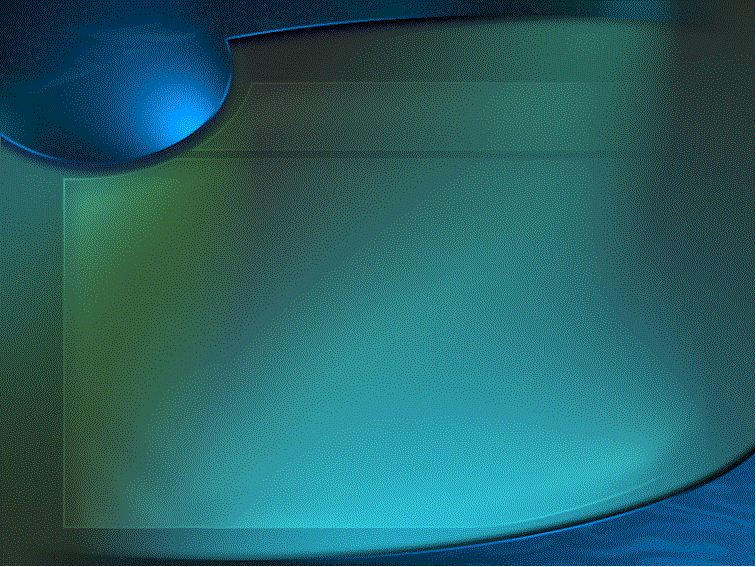
8/30/00
CSIT: IT1 Web Structure http://aspen.csit.fsu.edu/it1fall00
39
Web
Technologies in a Nutshell - VRML
VRML
plays same role to 3D worlds that HTML does to documents
VRML 1.0 has been widely available and specifies static 3D
scenes through which you can navigate.
Already provides universal visualization environment and we have examples of use In Geographical Information
Systems
Note can embed clickable URL's as with ImageMaps which
can be used to annotate images to
provide interactive resources
VRML 2.0 is now the standard with critical enhancements so that
individual elements of 3D world are dynamic and
can be programmed
It is designed to support full interactivity
(televirtuality) with texture mapped video,
avatars etc.
VRML 2.0 could require huge computing resources whether
used as the virtual car-dealership /
interactivity gaming or more academic uses such as collaboration between teachers and students in 3D
virtual classroom
Bandwidth
and computing needs of VRML are
handicapping acceptance and appears that VRML will NOT make it -- replacement unclear
Microsoft ChromeEffects (XML based) and
Java3D address some but not all VRML applications
X3D is XML syntax for VRML
SVG is XML for Vector Graphics Primitives (much more
limited but perhaps more realistic
than VRML)